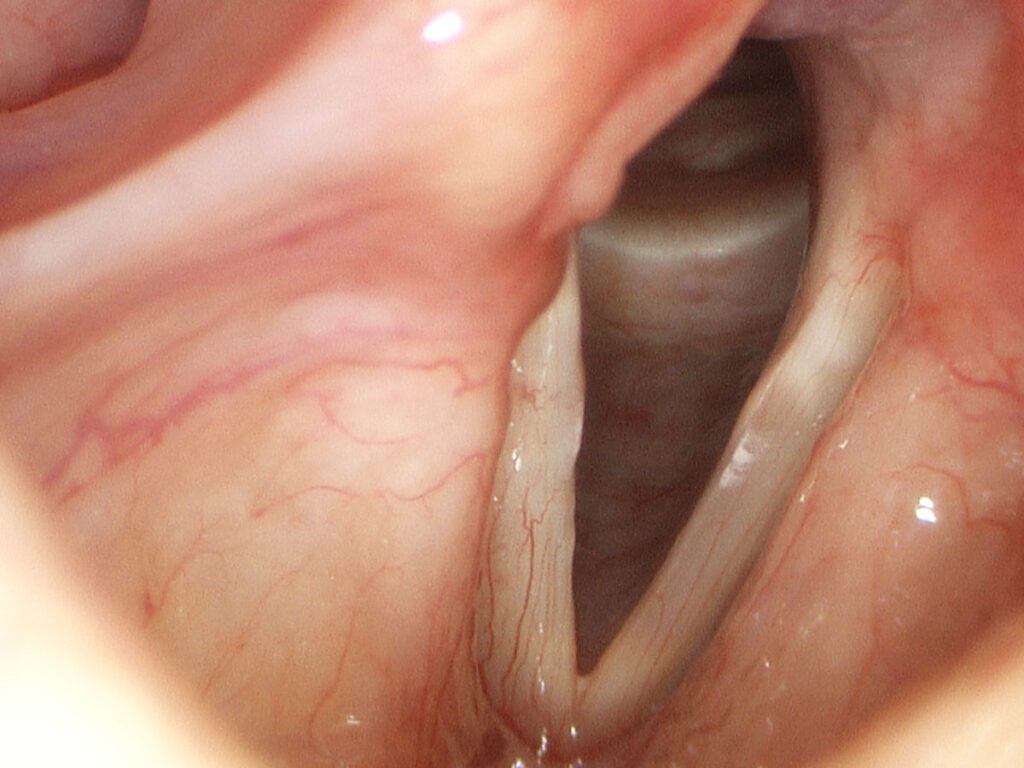Voice & Airway Disorders
“Every voice is unique, like a finger print”. Using biofeedback, the goal of vocal habilitation is to train each individual strategies to maximize their best vocal quality. Increased education regarding vocal fold physiology and biomechanics helps each one to establish their healthy balance of relaxed diaphragmatic breathing, relaxed phonation and open resonance. Vocal flexibility and freedom is developed.
- Normal Voice.
- Importance of water drinking
- Clinical voice evaluation – We are fully equipped to diagnose and treat the full spectrum of voice disorders as well as voice restoration for head and neck cancer patients and laryngectomees. We also offer education and prevention for singers and professional voice users.
- Digital Videostroboscopy – Provides slow motion visualization of true vocal folds with superior image quality. Allows observation of vibratory characteristics such as mucosal wave, symmetry and amplitude of vibration, glottal shape at closure and timing relationship.
- IAL Instructor of Alaryngeal Speech – Expertise with Tracheoesophageal prosthesis (TEP) fitting, artificial larynx and esophageal speech.
What Are Voice Disorders and What Causes Them?
There are many types of voice disorders and many causes. A voice disorder is usually noted by a change in the voice quality such as chronic hoarseness, roughness, breathiness, or pain in the throat. If an individual has chronic hoarseness or vocal change for more than 2 weeks, he/she should contact their health care professional, a physician or a speech language pathologist.
The following are some of the most common voice disorders and their causes:
Benign lesion that is usually on both vocal folds and varies in size. They are usually caused by trauma or inflammation of the vocal folds from voice abuse (smoking, yelling, loud/excessive talking, improper breathing, throat clearing, and coughing) over a period of time. Fluid-filled lesions usually appear on one vocal fold only. They usually appear suddenly from one incident of voice trauma or abuse. Swelling along the length of the vocal fold. This is usually caused by chronic misuse of the voice related to abuse and smoking. Inappropriate closure of the vocal folds during inhalation. This may be confused with respiratory difficulties such as asthma and individuals may be inappropriately intubated if VCD is not properly differentiated. Vocal folds appear normal until they are used for talking at which time the movement becomes uncontrolled and spastic resulting in a tight, quivery, and hoarse voice with periods of no sound. The cause is unknown. Vocal fold nodules
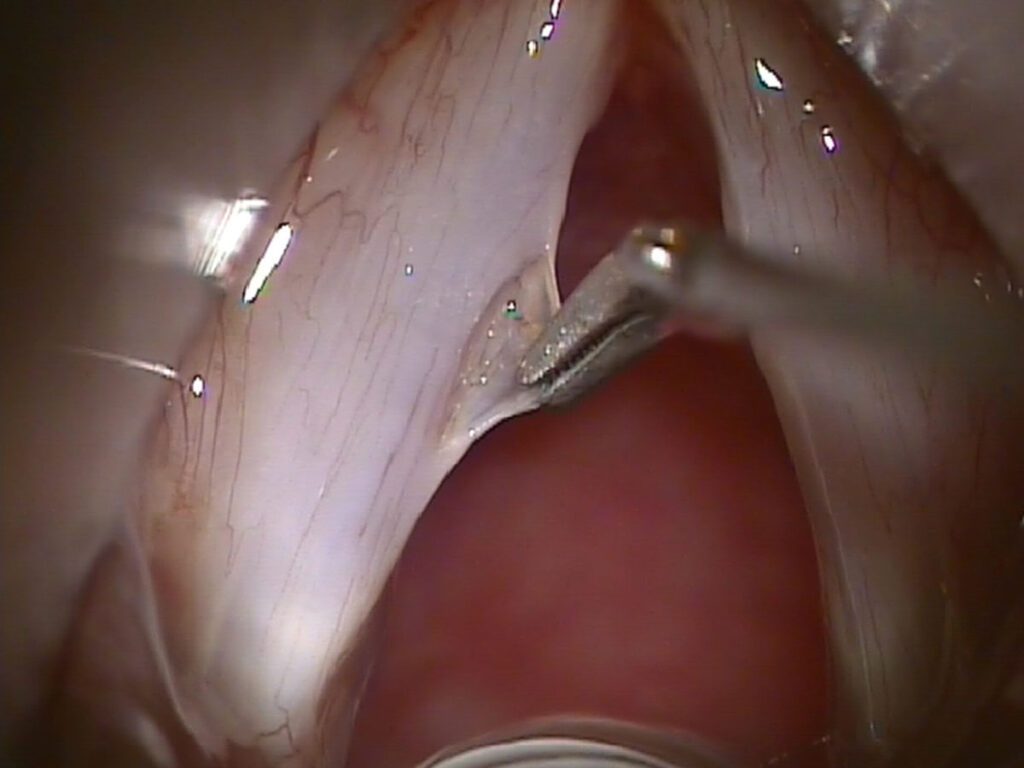
Vocal fold polyps
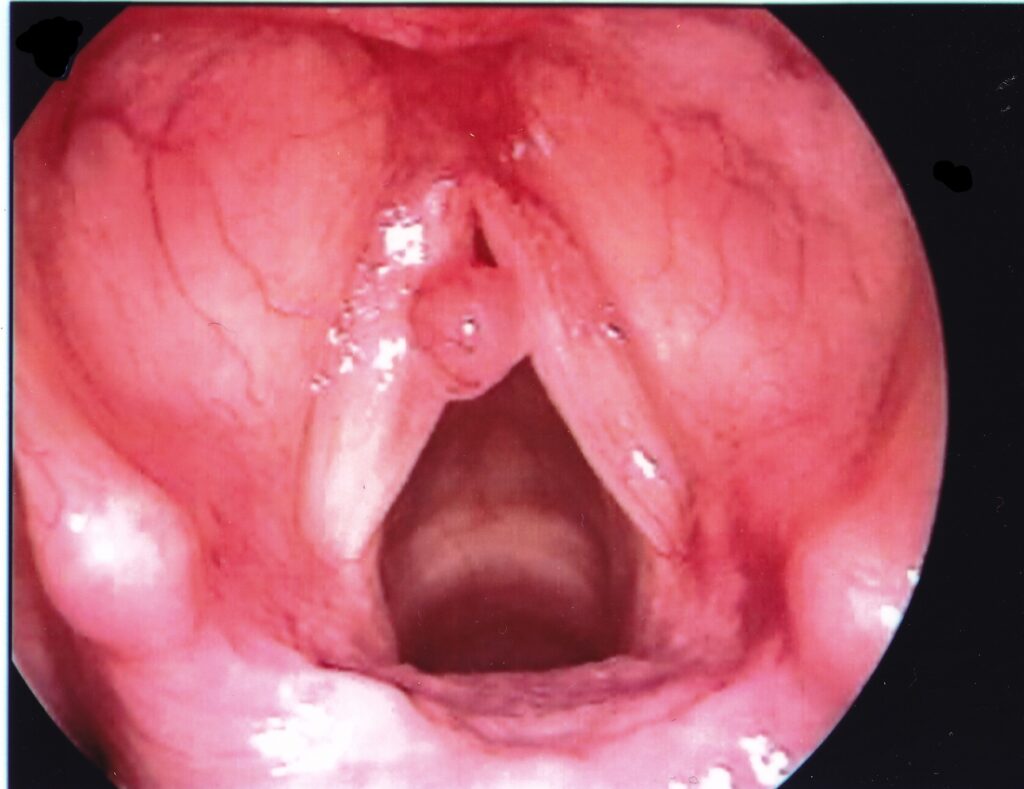
Polypoid degeneration
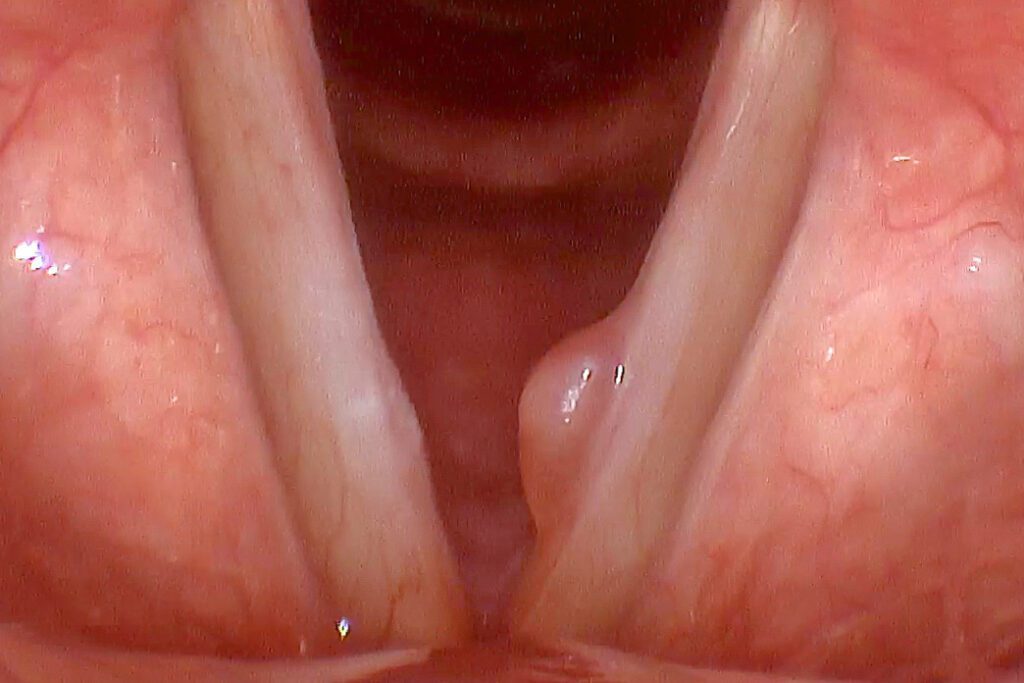
Vocal fold dysfunction (AKA, paradoxical vocal fold motion and proximal laryngospasm)
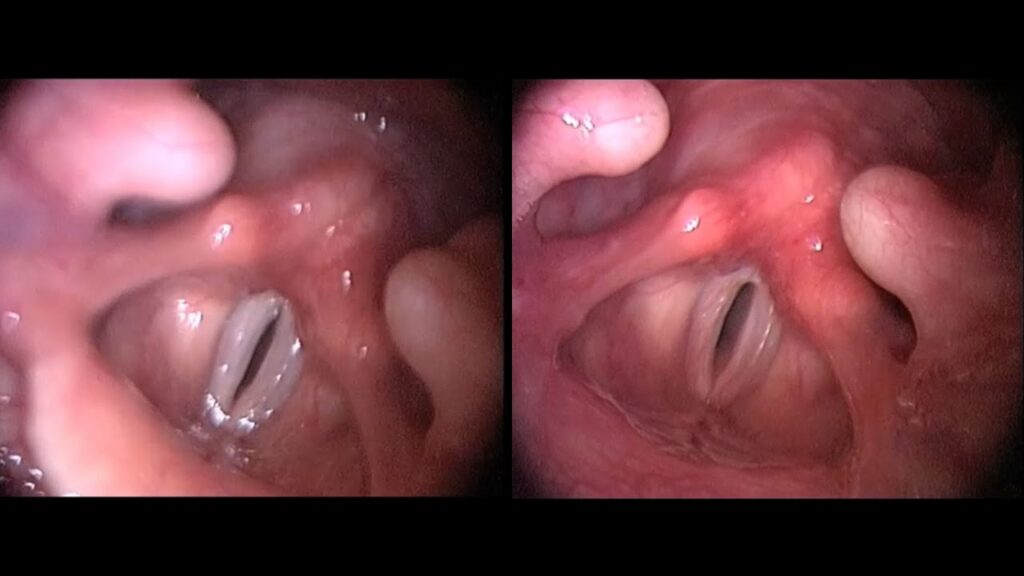
Spasmodic dysphonia

Get Free Initial Consultation, Call 561-833-2090
Fees are an estimate only and may be more depending on your situation
MedSpeech, Inc., offers a variety of services for all of your speech-language pathology needs. We specialize in:
We also offer fiberoptic endoscopic evaluation of swallowing (FEES) and videostroboscopy. Call us at (561)-833-2090 or click here to fill out our contact form today!


